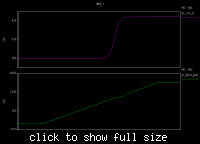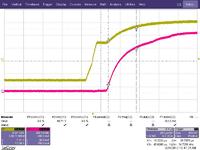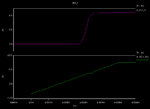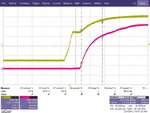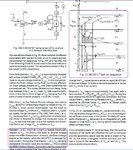yfluo2004
Junior Member level 1
Hi,
I am a beginner on IGBT. I met a problem when I verify the IGBT turn on threshold with measurement. From the theory, in the turn on transient, the driver circuit charges Cge in the beginning so that Vge increases. As Vge reaches Vth, Ic begins to increase, then because of the Miller capacitance of Cgc, Vge will maintain its value for some time (the miller plateau). Finally, Vge will increase further and the IGBT is fully turned on. This means IGBT will turn on before it enters the miller plateau.
However, in my measurement, the Ic actually begins to increase after the Vge almost comes out of the miller plateau instead of before that. I use a voltage source across Vce with some small value as 10V, and the gate driver output is a step between -7V and 15V.
Can someone help me figure out where is the problem?
Thanks a lot!
YLuo
I am a beginner on IGBT. I met a problem when I verify the IGBT turn on threshold with measurement. From the theory, in the turn on transient, the driver circuit charges Cge in the beginning so that Vge increases. As Vge reaches Vth, Ic begins to increase, then because of the Miller capacitance of Cgc, Vge will maintain its value for some time (the miller plateau). Finally, Vge will increase further and the IGBT is fully turned on. This means IGBT will turn on before it enters the miller plateau.
However, in my measurement, the Ic actually begins to increase after the Vge almost comes out of the miller plateau instead of before that. I use a voltage source across Vce with some small value as 10V, and the gate driver output is a step between -7V and 15V.
Can someone help me figure out where is the problem?
Thanks a lot!
YLuo

